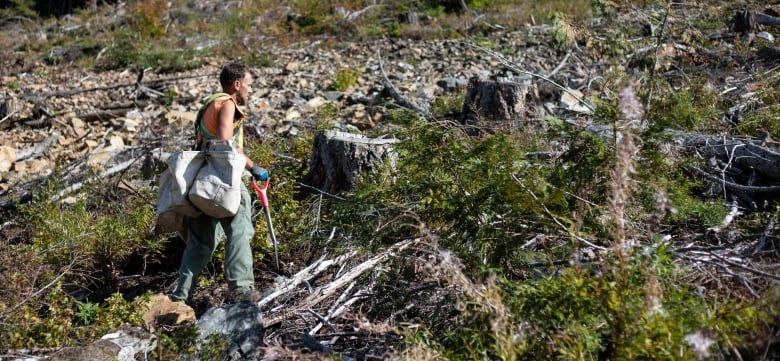A trillion trees will not be enough if emissions continue to rise

During his State of the Union Speech, President Donald Trump announced that the U.S. will join the Trillion Tree Initiative to fight climate change. Of course, during the same speech, he boasted how the U.S. has increased production of oil and natural gas.
You might have heard about the idea of a trillion trees. Several groups, including the World Economic Forum, traditional environmental groups and youth activists have jumped on the bandwagon. The idea is a global campaign to encourage governments, businesses, civic organizations and individuals to join together in a massive climate-change focused global reforestation effort.
A study published last summer in the journal Science suggested that the Earth had the potential for reforestation that could absorb more than a third of all the carbon humans have emitted since the industrial revolution. While the study was criticized in the same publication in the fall for significantly overestimating the carbon-sequestering potential of reforestation, there is no doubt that having a trillion extra trees on the planet would be beneficial in many other ways.
Trees provide habitat for animals like insects and birds, encourage forest diversity, prevent erosion, help conserve water, and make for great recreational areas. The shade of a tree canopy can reduce the need for air conditioning in urban areas.
Unfortunately, one drawback of the tree planting scheme is that it takes 10 or 20 years for trees to grow and absorb enough carbon to make a difference. Meanwhile, worldwide greenhouse gas emissions continue to grow every year.
President Trump, of course, also pulled the U.S. out of the UN Paris Accord, which is a commitment to reduce emissions. So while announcing the tree planting campaign sounds like the president is going green, his actions speak otherwise. It’s like pouring water onto one side of a fire and adding gasoline to the other.
And speaking of fire, as we are seeing in Australia, California and Canada’s north, wildfires are bigger than ever thanks to a warmer climate, which means any newly planted forest could be at higher risk of fire in the future, releasing sequestered carbon back into the atmosphere..

Tree planting seems like an easy solution to climate change, but without a reduction in fossil fuel emissions, the effort is a drop in the bucket. It cannot be used as a licence to continue business as usual, or a cover to make it look like governments are going green while continuing to cultivate the source of the problem.
In Canada we’ve made efforts to reduce greenhouse emissions, largely through phasing out coal fired generating plants. But we are also planning to increase our exports of oil and gas through pipelines, which will ultimately add to global carbon emissions when burned by other countries.
This conundrum is a demonstration of the long standing conflict between short-term economic gain and long-term environmental sustainability. It is not an easy conflict to resolve because jobs are at stake. However, new jobs are emerging in the rapidly growing clean energy sector, which is one of the fastest growing sectors in the economy.
The transition away from fossil fuels will not be easy, but it won’t be impossible either. If we are going to cultivate new green trees, we have to cultivate green technology at the same time.





